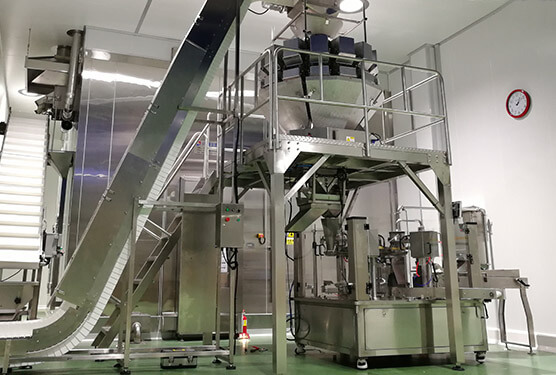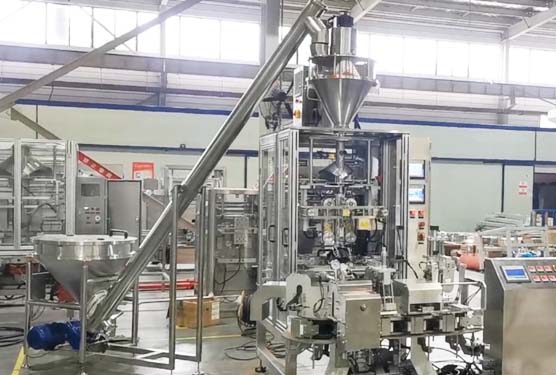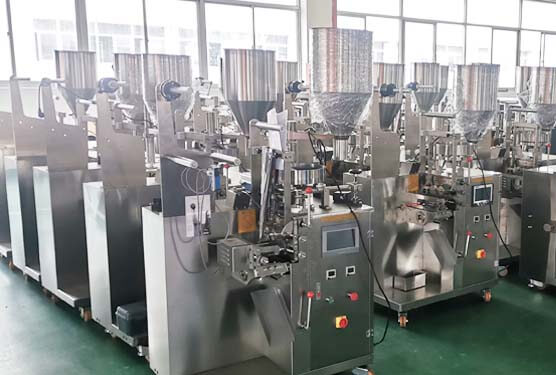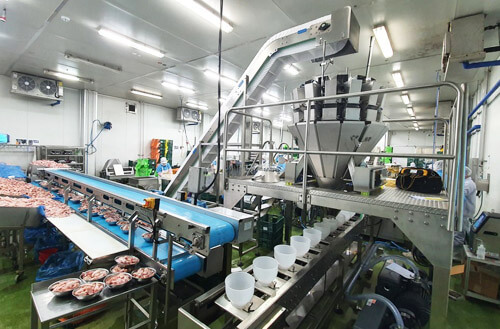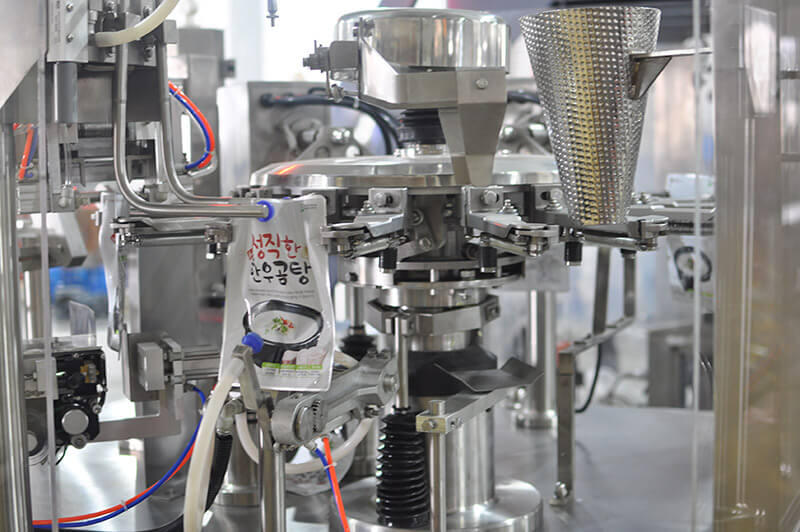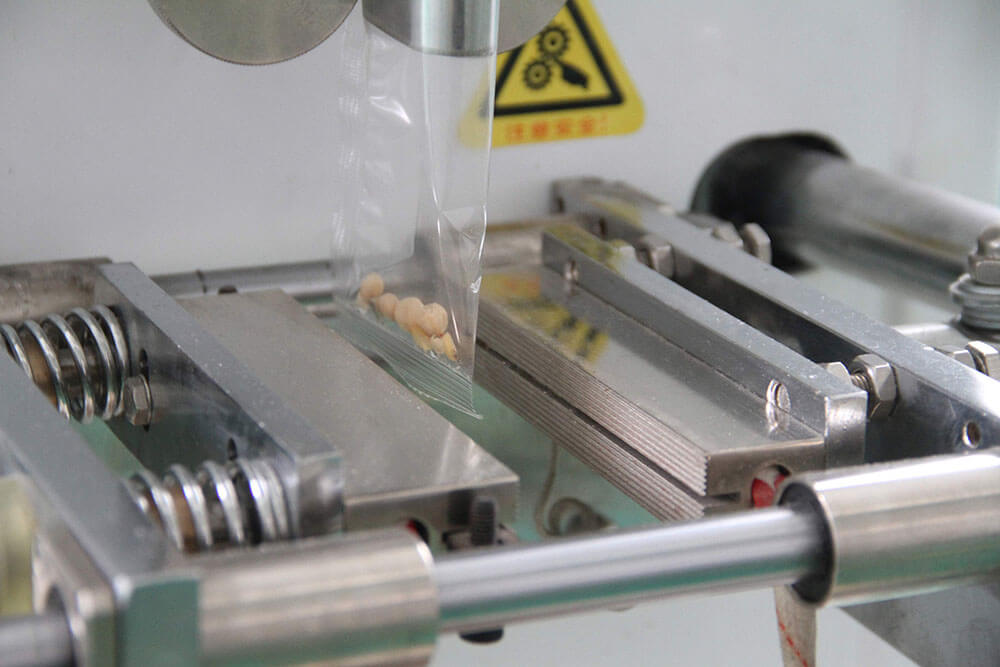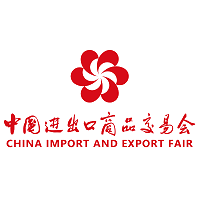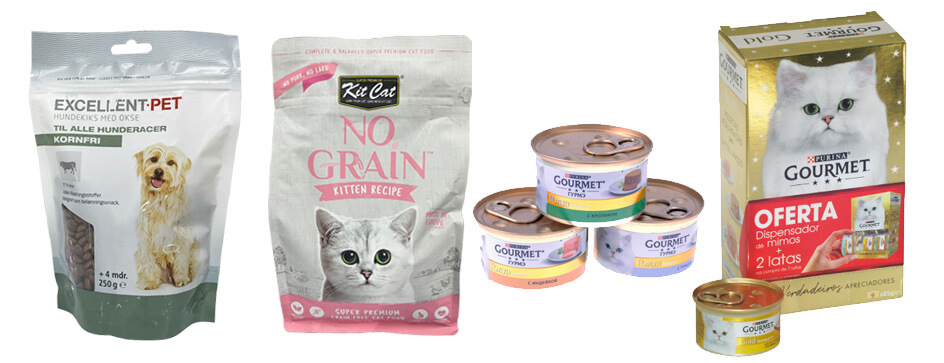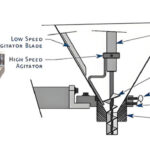Herbs and spices have a unique flavor, color and aroma, and the right packaging is key to preserving these qualities. Herbs and spices packaging has many different types, such as pouches, plastic jars, tins, glass jars, etc. Herbs and spices packaging can be customized with a variety of designs. This article will provide you with the key information you need to know about herbs and spices packaging.
An Overview of Herbs and Spices Packaging
Using herbs and spices is an excellent way to enhance the flavor and smell of food. Inadequate packaging or not choosing the right packaging can lead to the intrusion of moisture and the loss of flavor and aroma. This can lead to a loss in the quality of herbs and spices or even spoilage.

Protective Properties of Herbs and Spices Packaging
Moisture can damage the quality of herbs and spices, and if they are in powder form, it can also cause them to clump together. So, herbs and spices packaging need to be moisture resistant. Light and oxygen can also affect the quality of herbs and spices, so your products also need to be able to block light and oxygen.
The biological protection function of herbs and spices packaging is also something you need to consider. Bacteria, mold and vermin can contaminate and damage your herbs and spices.
Different Types of Herbs and Spices Packaging
Pouch
Pouches are very popular herbs and spices packaging. They are low-cost, lightweight, and highly customizable. You can choose pouches in a variety of colors and textured surfaces. High-quality graphics can be printed on the pouches, making them perfect for shelf display. There are many different types of pouch packaging for herbs and spices, including retort pouches, stand-up pouches, 4-side seal pouches, pillow pouches, flat-bottom pouches, and vacuum pouches. Common types of spices and herbs stored in pouches include chili powder, cumin, curry powder, nutmeg, cumin seeds, bay leaves, fennel seeds, cinnamon, etc.
Here are some common types of herbs and spices packaging.
- Stand Up Pouch: The most common herbs and spices pouches.It has a bottom gusset. The gusset increases the pouch’s stability and bottom area, enabling the pouch to stand firmly. Good for shelf display.
- Pillow Pouch: Shaped like a pillow, use a three-side-seal design.
- Retort Dried Herbs Pouch: Designed from composite materials of plastic and aluminum foil. They have higher strength and heat resistance. Provide better protection for herbs and spices.
- Flat Bottom Pouch: It has a rectangular base for greater stability and is less likely to tip over. It has side gussets and can hold more products. Perfect for family use.
- 4 Side Seal Pouch: Four-side-seal herbs and spices packages are usually smaller in size and are used to fill single-serving products, more widely used in the food service industry.
- Vacuum Pouch: Made of multi-layer plastics, it removes oxygen from the package and prevents the growth of microorganisms inside the package. Helps maintain the color and aroma of your product.

Bottles and Jars
Glass and plastic are the most common materials for herbs and spices bottles and jars. Most of them are transparent, so customers can easily recognize the contents through the containers, which provides convenience for customers. And the screw-on caps on these containers provide an airtight seal. Spice sprinkler bottles are very popular and easy to use, suitable for Pepper powder, chili powder, turmeric powder, dried rosemary, etc. Common jars include rectangle-shaped glass jars, wide-mouth glass jars, and square jars. Products like thyme, cumin seeds, chili flakes, turmeric, oregano, and cumin seeds are often stored in bottles and jars.
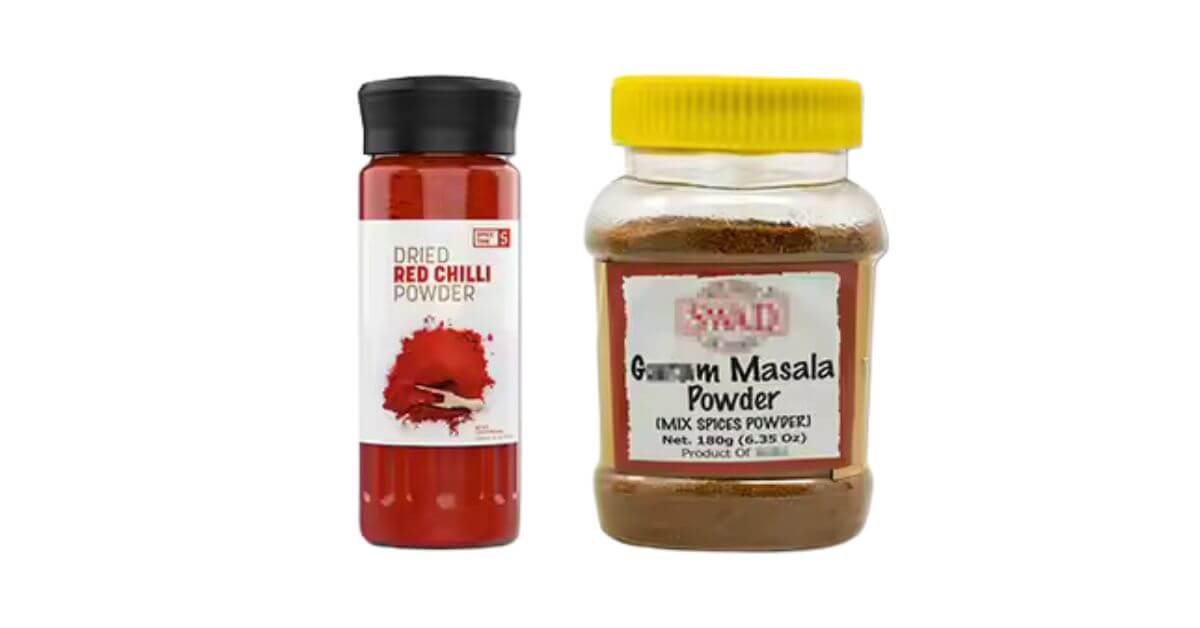
Tins
Tins offer excellent physical protection and can effectively protect herbs and spices during loading, transportation and storage. They also offer good protection against moisture, light, and oxygen. And provide a longer shelf life for your products. They are particularly durable, typically made of tinplate and aluminum.

Herbs and Spices Packaging Designs
Eco-friendly Herbs and Spices Packaging
The environmental impact of packaging can be reduced by using environmentally friendly materials such as compostable packaging materials, kraft paper, cornstarch packaging materials, and glassine. And the bioplastics are partially biodegradable
Product Related Packaging Color
If your packaging is not transparent, you may need to make your packaging have a specific color that helps consumers recognize your product. For example, red chili powder can be packaged in red, and turmeric powder can be packaged in yellow.
Customization of Your Pouch
- Shapes: Rounded corners mean that your pouch has no edges, which is safer and prevents consumers from getting cut by the packaging.
The convex shape makes it easier for consumers to grip the pouch.
- Spout: One of the extra features is spout, making your packaging look more novel.
- Handle: With a handle to your pouch makes your pouch more portable. Some customers may care about this.
- Hang Hole: Another extra feature of the pouch. There’s a tiny hole at the top of the pouch for hanging. Especially suitable for pouches that cannot stand on their own and have a smaller capacity. Customers can hang the pouch in the kitchen easily.
- Transparent Window: The transparent window allows customers to see your product inside the pouch, enhancing the shelf display.
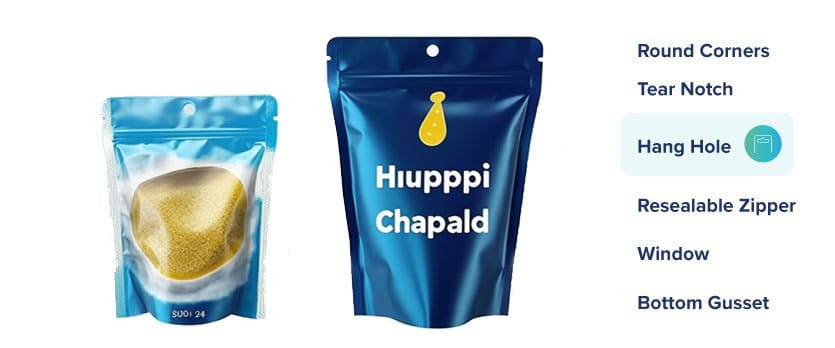
Resealable Features
Many herbs and spices packaging are resealable, because herbs and spices are generally used multiple times.
Zipper is one of the resealable features of herbs and spices packaging. It has a strong seal, and is easy to use. While tin tie is another resealable feature of herbs and spices packaging, suitable for pouches with gussets at the sides. And zippers can be used for the resealing of pouches with gussets at the sides too.

Glass Herbs and Spices Bottles with Cork Stoppers
A very classic, vintage design that is environmentally friendly and attractive.
Finishes of Herbs and Spices Packaging
Finishes can enhance the visual appeal of your packaging and make your graphics and drawings look better and more vibrant.
- Metalized Finish: The metallic finish makes your pouch more attractive and shiny, a good way to showcase your design on the package.
- Matte Finish: Matte finishes are typically non-reflective, it has a more natural look and a sophisticated look and texture.
- Gloss Finish: This finish glimmers on light reflection, giving you rich, vibrant colors that increase the shelf display. It is very durable, and resistant to fingerprints, and does not scratch or scuff easily. It is also very resistant to dust and dirt.
- Soft Touch Finish: The surface of a soft-touch package has an extremely low sheen, even lower than that of a matte finish. It has a silky-smooth touch and soft feel.
Types of Herbs and Spices Packaging Machines
Premade Pouch Packaging Machine
This machine can handle a wide range of premade pouches, such as those with zippers and those with hang holes. First, pouches are placed on the bag magazine, from where a set of grippers picks up the empty pouches and transports them to the opening station. The grippers open the pouches and then expand them using compressed air. A filler is then used to fill the premade pouches with herbs and spices. The pouches are then sealed.
Vertical Form Fill and Seal Machine
Unlike premade pouch packaging machines, it has a forming process, making its own pouches. Can produce a variety of pouches. It has a small footprint, helping you optimize your floor space.
First, place the film roll on the holder, unwind it, and move the film to the forming tube. The film is then processed into pouches. The filling machine fills the pouches with herbs and spices. After filling, the pouches are sealed by sealing jaws and then cut into individual pouches.
Jar Packaging Machine
It is used to pack herbs and spices into jars. Smart controls and servo-driven motors control the movement of conveyors and filling devices.
The containers are transported to the filling area by a conveyor belt, and the filling machine precisely fills your jars with the product through a nozzle. After filling is complete, the jars are sent to the capping area to be capped, then to the labeling area to be labeled, and finally to the coding area to be coded.
Conclusion
Choosing the right herbs and spices packaging and machine is vital in ensuring fast production and high-quality packaging. We have a variety of herbs and spices packaging machines for you to choose from. If you would like more information about herbs and spices packaging machine, please contact us.

